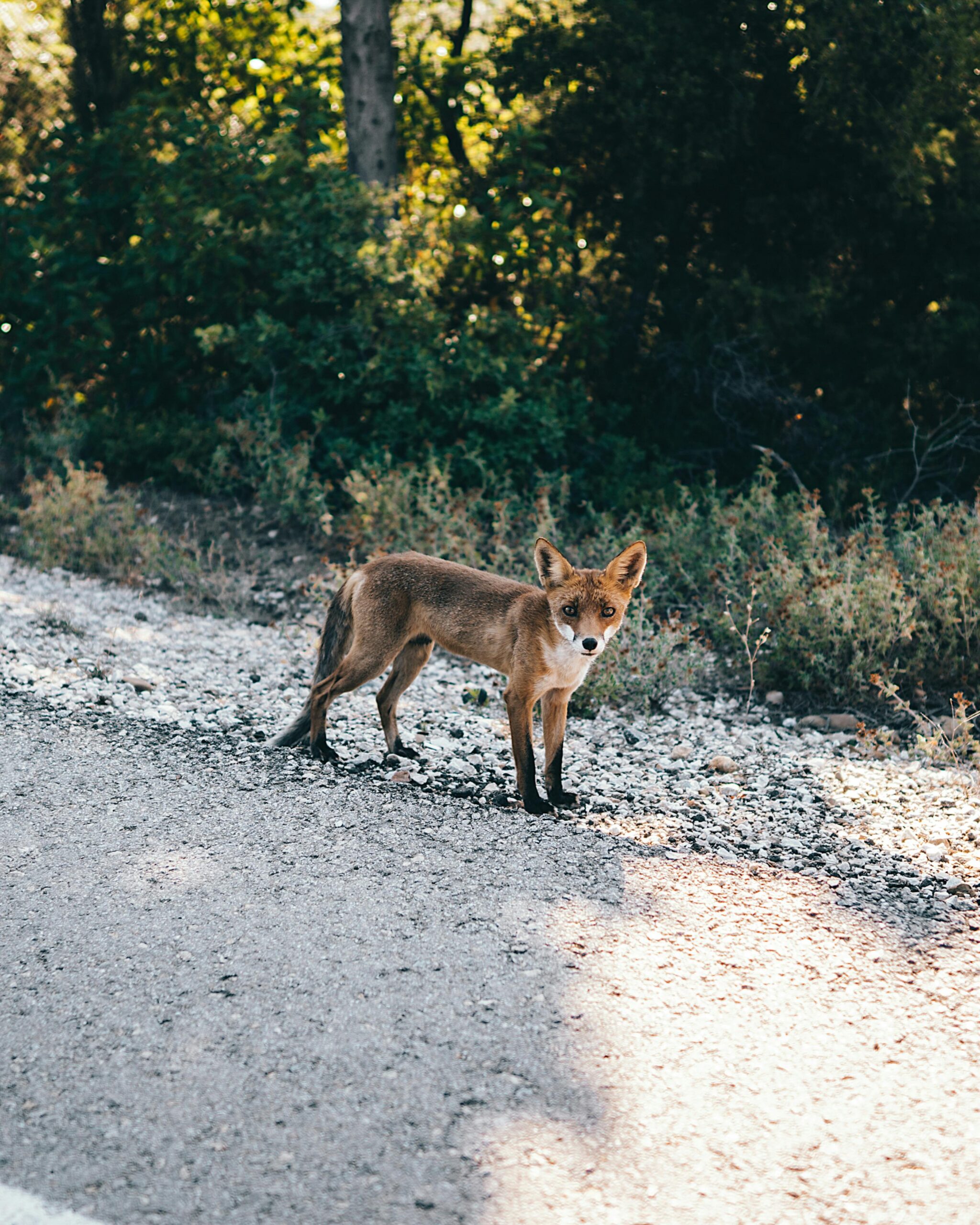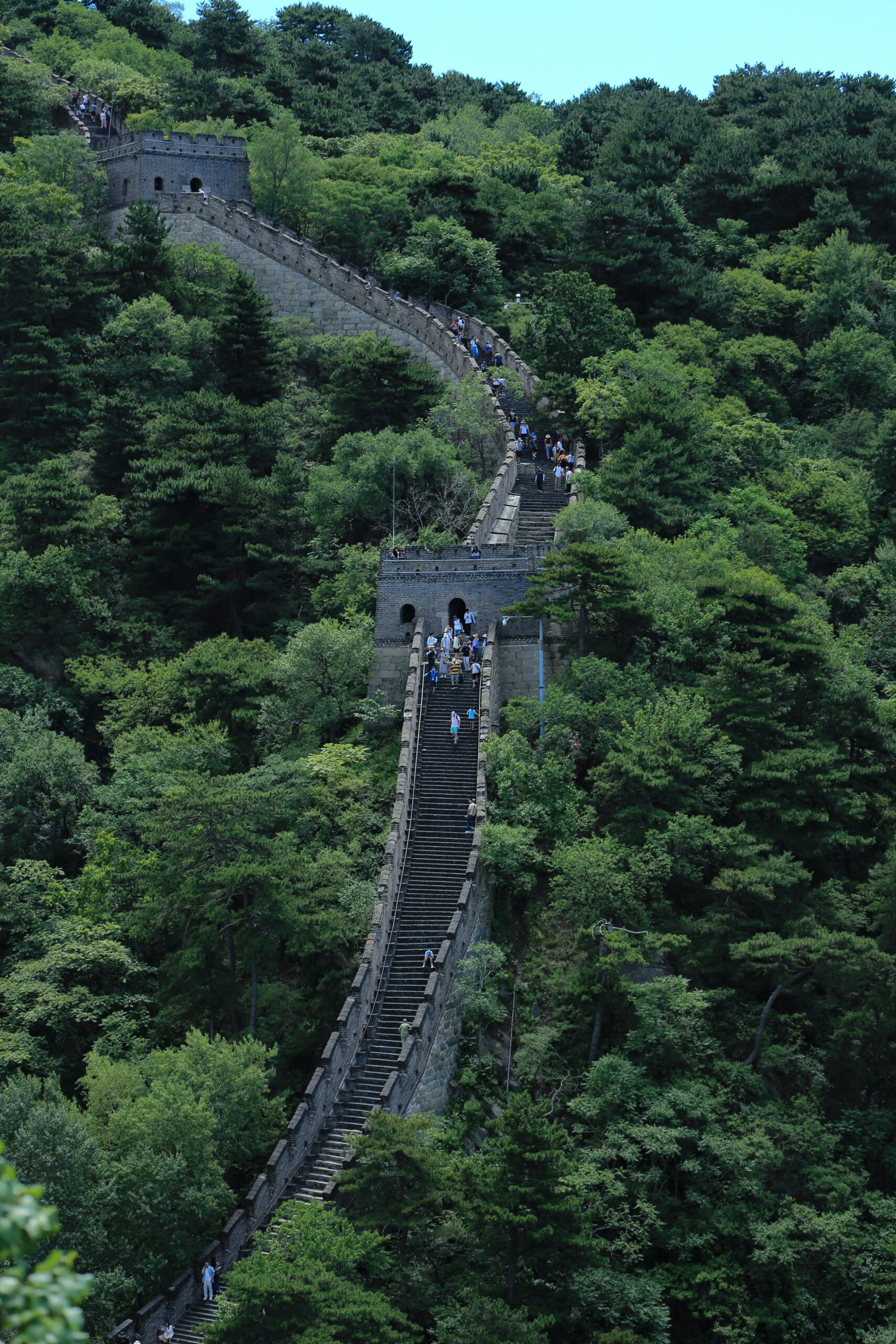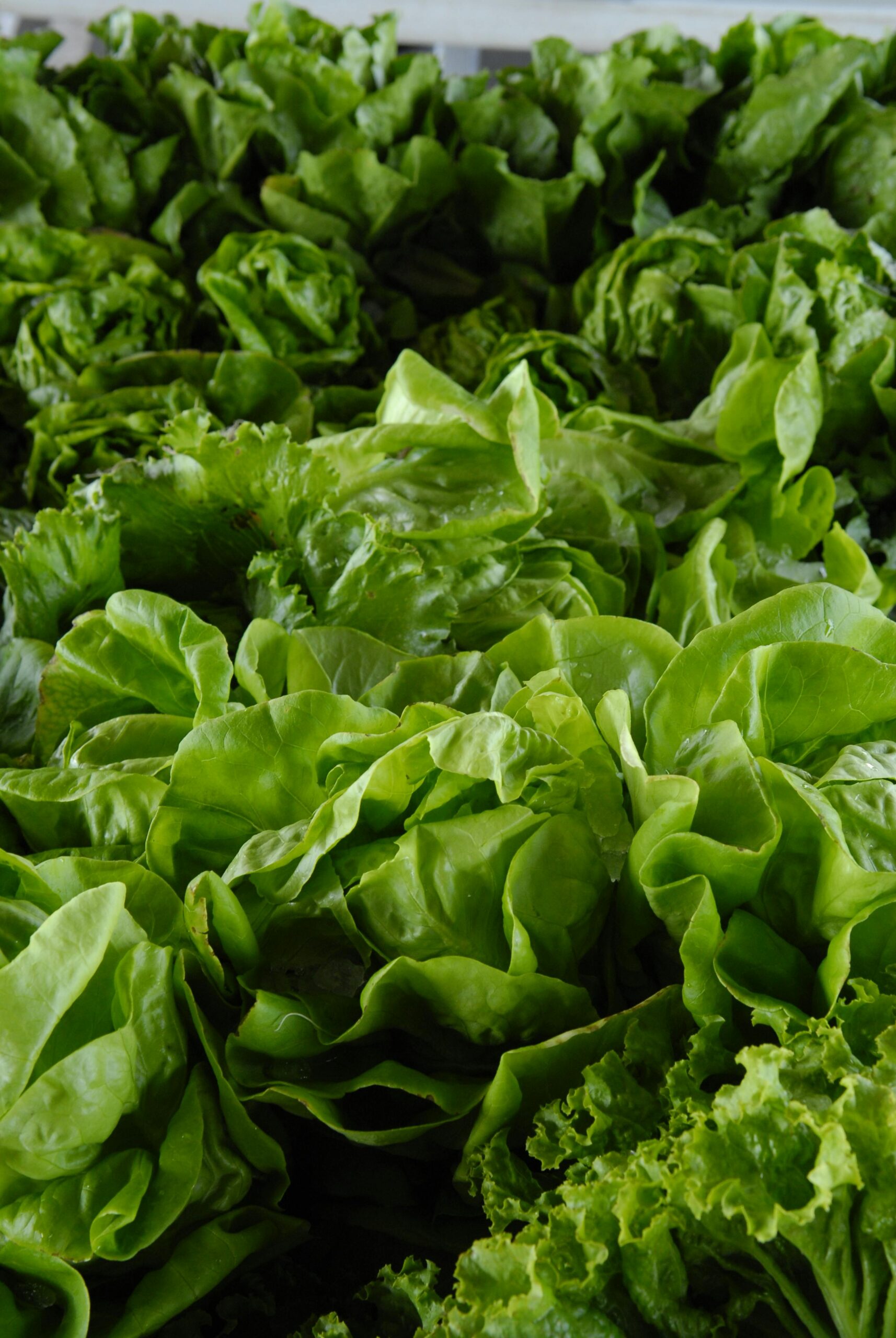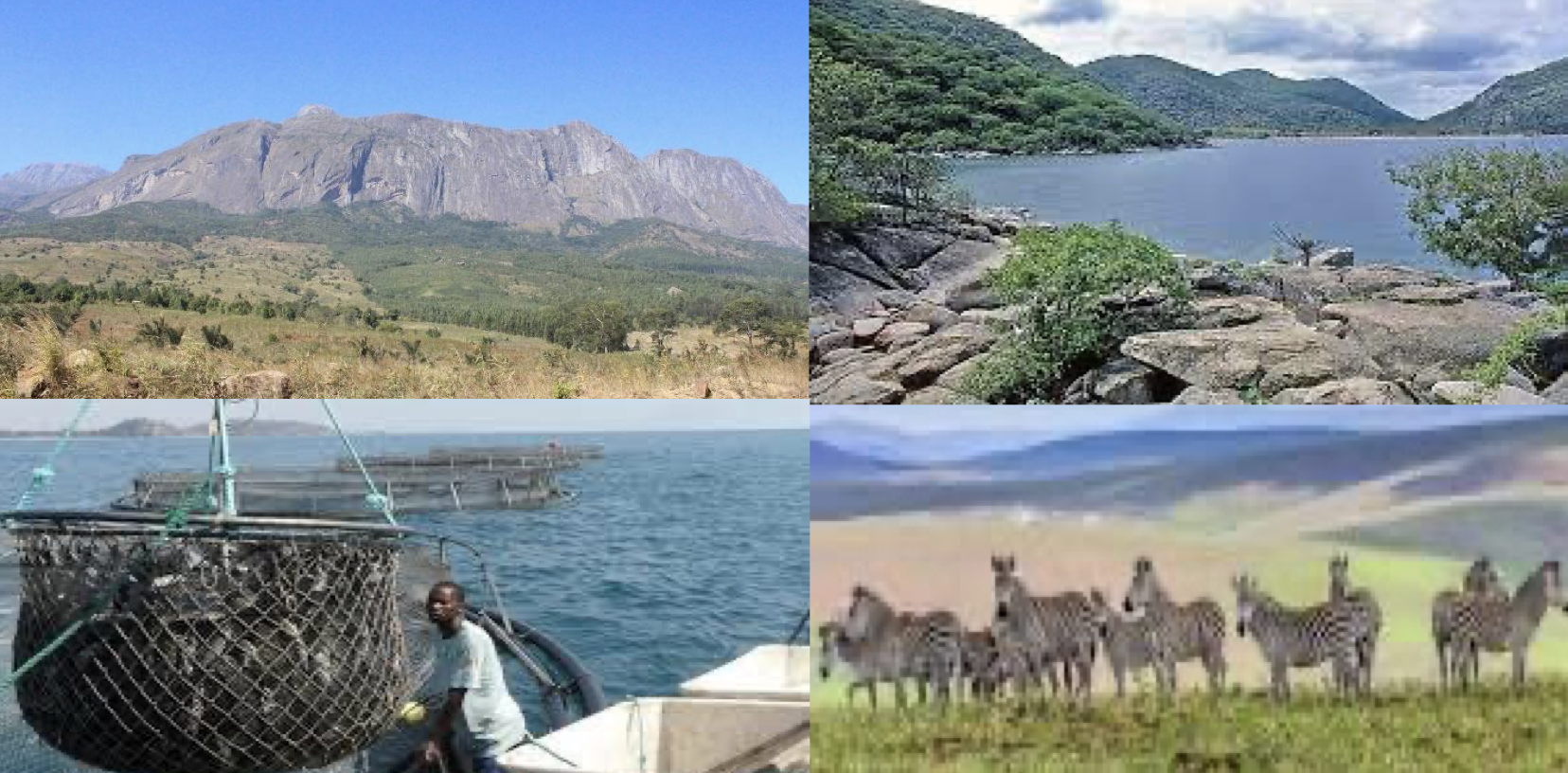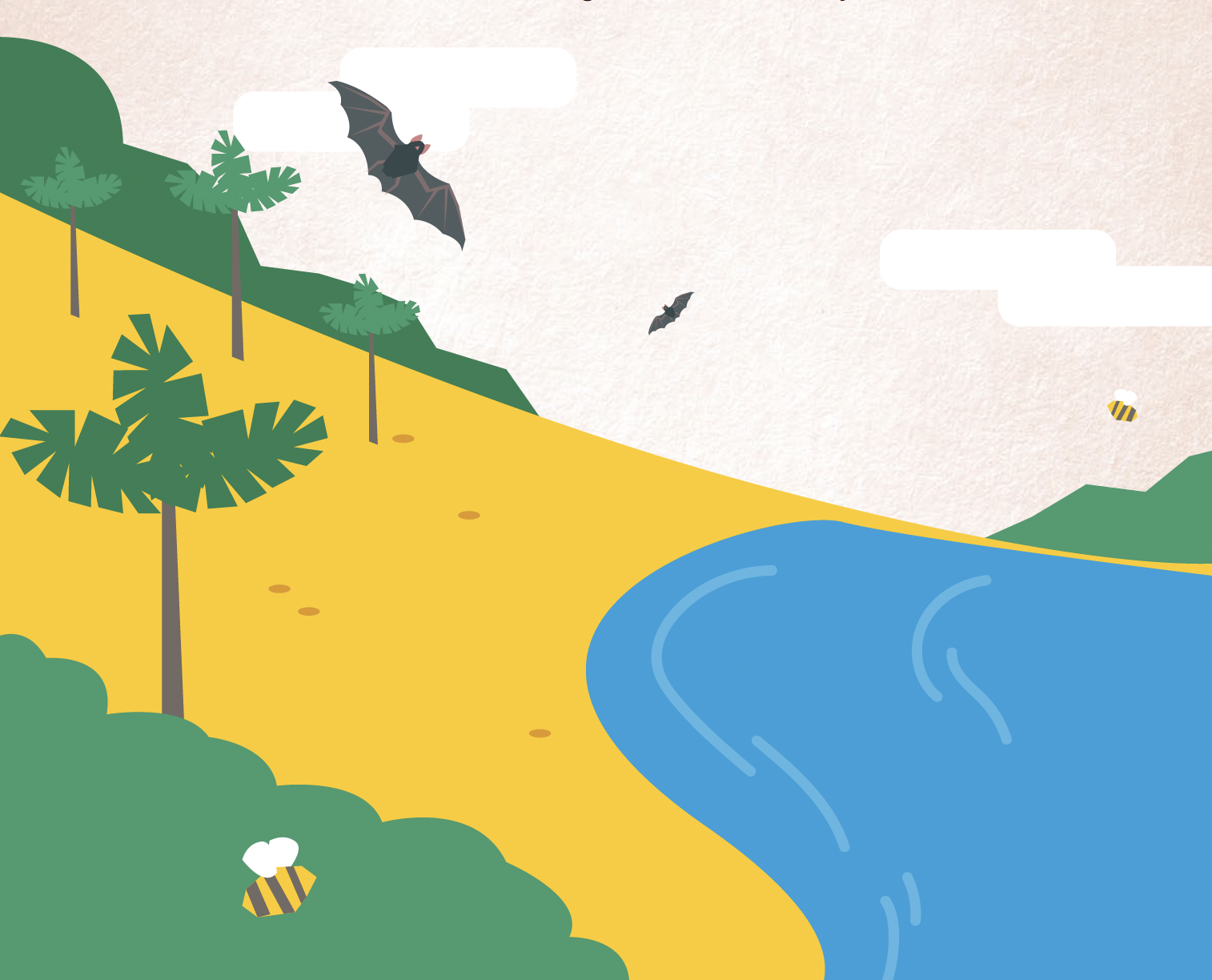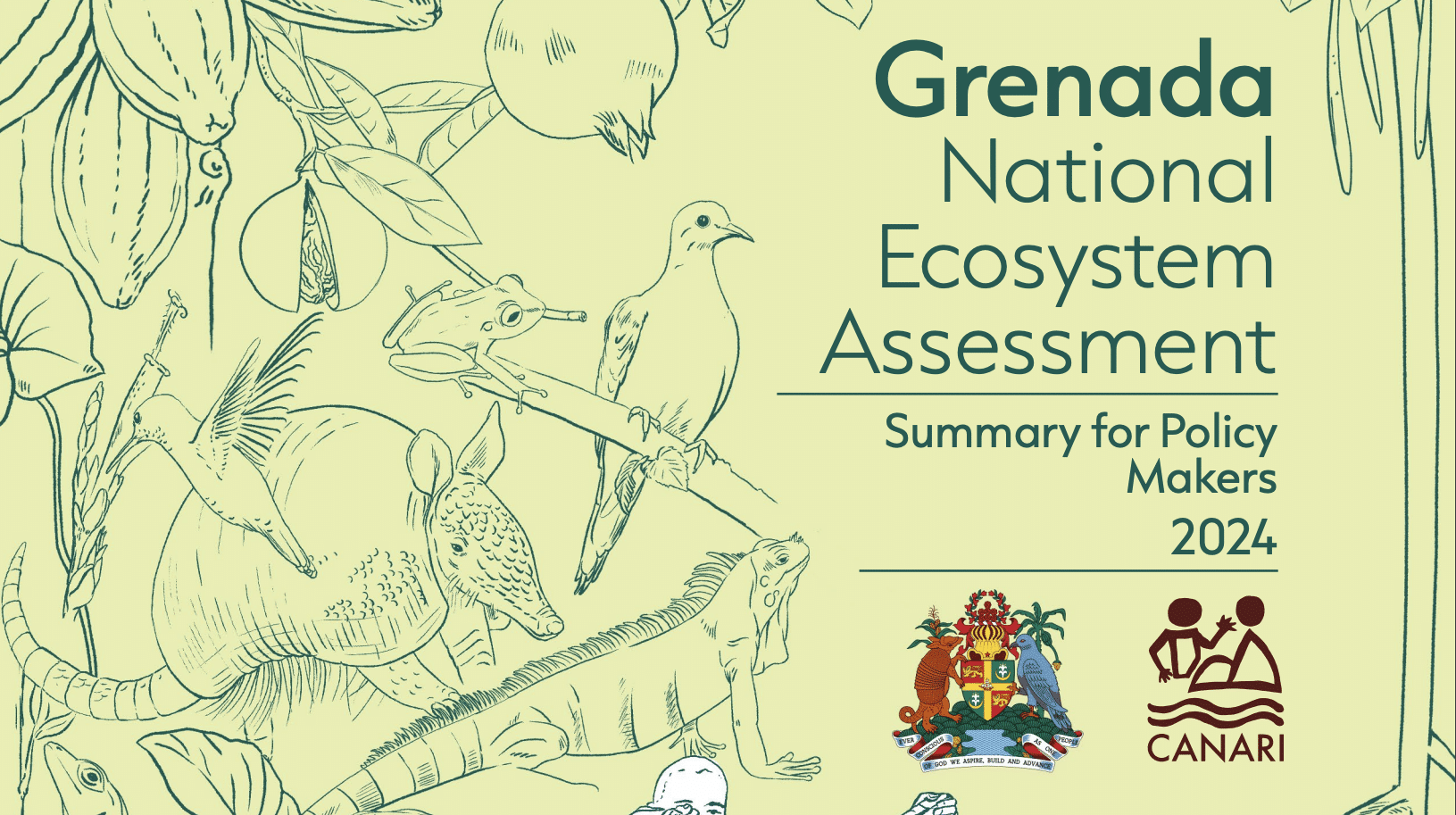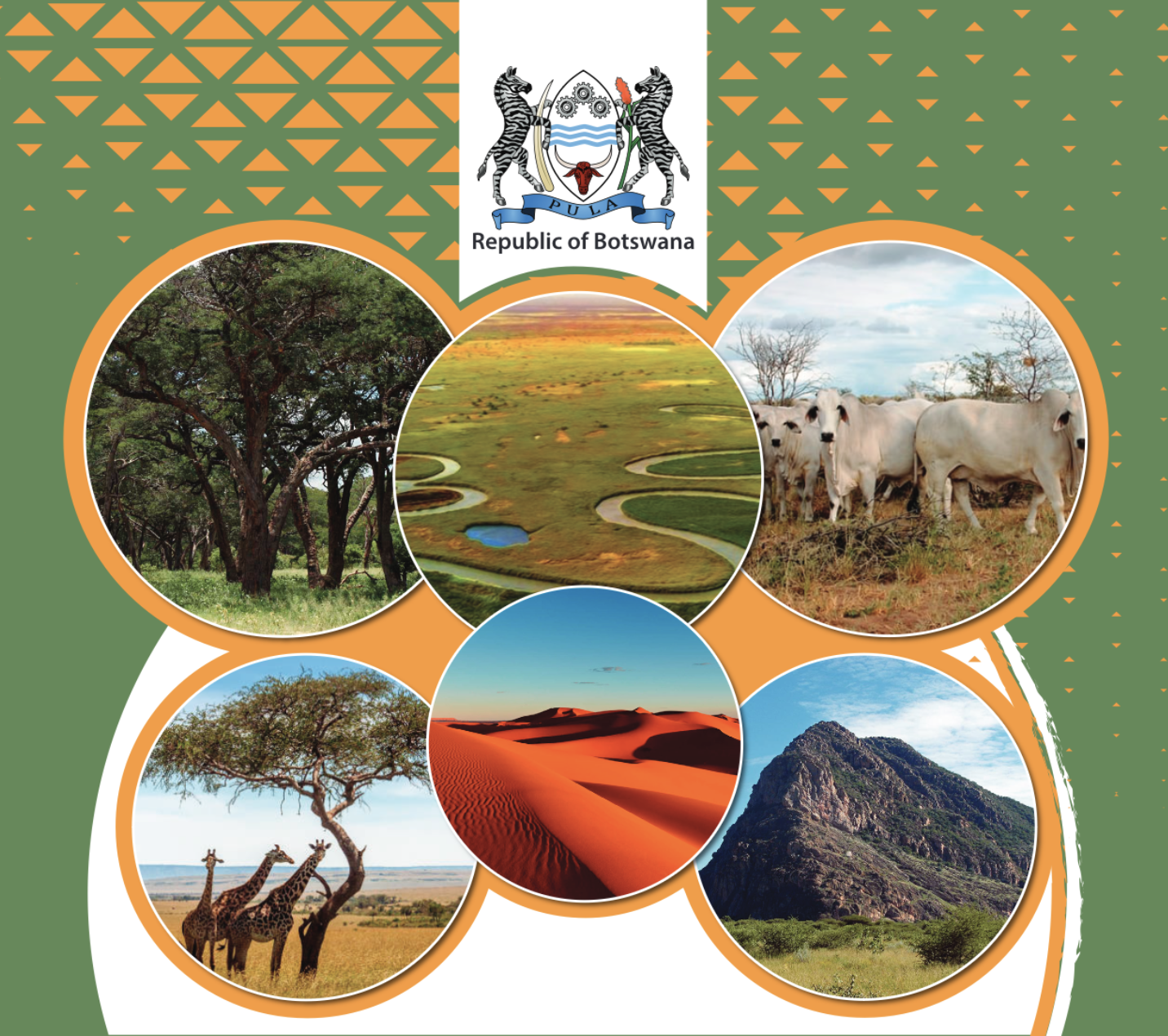The Loess Plateau is one of the most fragile ecosystems in the world. In order to increase the biodiversity in the area, develop sustainable agriculture and increase the income of the local people, we simulated the potential geographic distribution of two economic forest trees (Malus pumila Mill and Prunus armeniaca L.) in the present and future under two climate scenarios, using the maximum entropy model. In this study, the importance and contributions of environmental variables, areas of suitable habitats, changes in habitat suitability, the direction and distance of habitat range shifts, the change ratios for habitat area and land use proportions, were measured. According to our results, bioclimatic variables, topographic variables and soil variables play a significant role in defining the distribution of M. pumila and P. armeniaca. The min temperature of coldest month (bio6) was the most important environmental variable for the distribution of the two economic forest trees. The second most important factors for M. pumila and P. armeniaca were, respectively, the elevation and precipitation of the driest quarter (bio17). At the time of the study, the area of above moderately suitable habitats (AMSH) was 8.7967 × 104 km2 and 11.4631 × 104 km2 for M. pumila and P. armeniaca. The effect of Shared Socioeconomic Pathway (SSP) 5-85 was more dramatic than that of SSP1-26. Between now and the 2090s (SSP 5-85), the AMSH area of M. pumila is expected to decrease to 7.5957 × 104 km2, while that of P. armeniaca will increase to 34.6465 × 104 km2. The suitability of M. pumila decreased dramatically in the south and southeast regions of the Loess Plateau, increased in the middle and west and resulted in a shift in distance in the range of 78.61~190.63 km to the northwest, while P. armeniaca shifted to the northwest by 64.77~139.85 km. This study provides information for future policy making regarding economic forest trees in the Loess Plateau.






